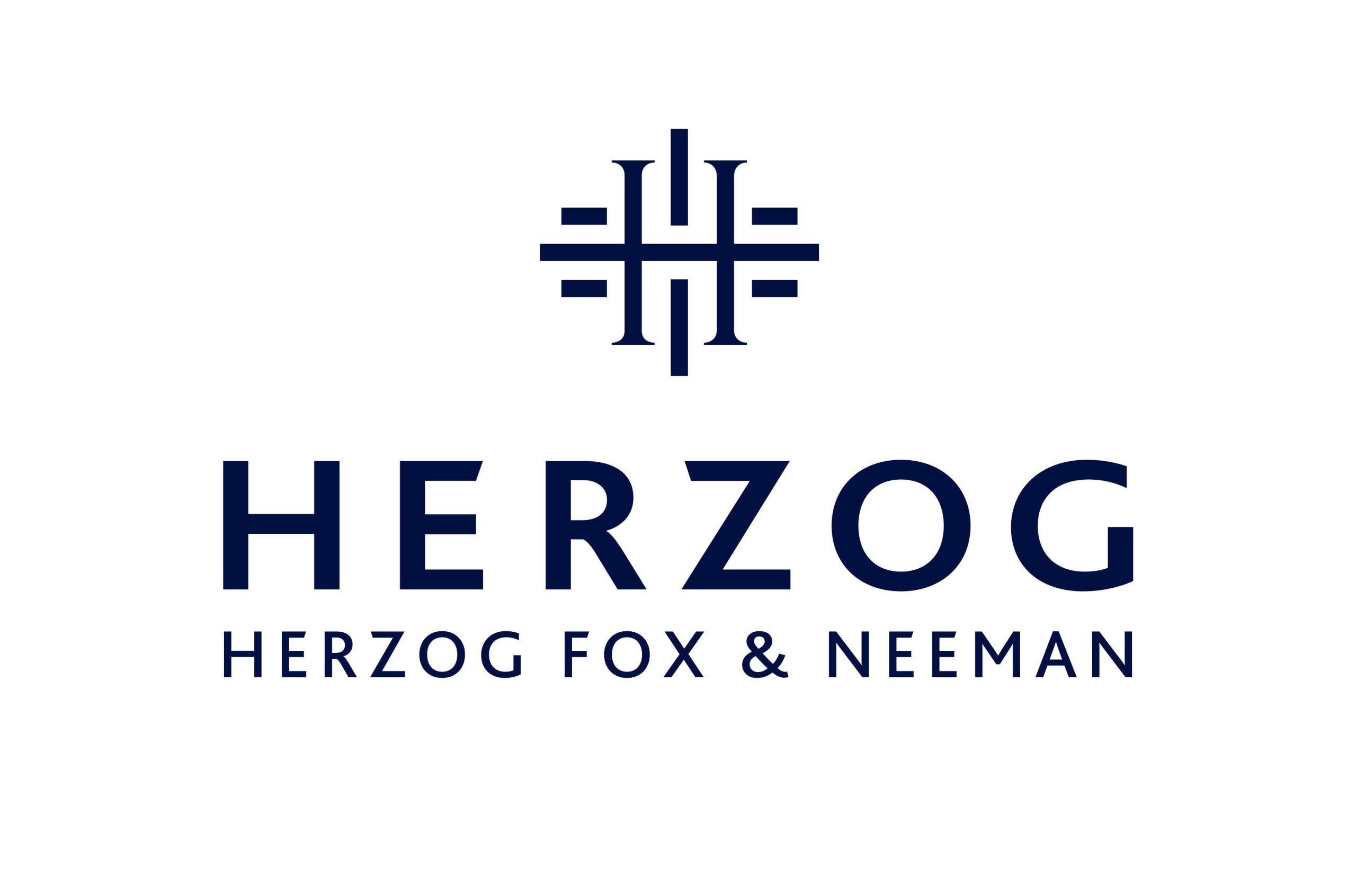The Israel Innovation Authority (IIA) – New Rules Regarding Transfer of Manufacturing Outside of Israel and the Interest Rate on IIA Funding
15 January 2024
The Israel Innovation Authority (IIA) has recently changed the rules that apply to IIA-funded companies regarding transfer of manufacturing outside of Israel and the interest rate on IIA funding.
1.Transfer of Manufacturing Outside of Israel
- Manufacturing outside of Israel that involves IIA-funded knowhow requires the approval of the IIA and may increase the royalty payments liability of the company, as well as the royalty rate.
- Regarding the increase in the royalty payments liability, the new rules apply to funding applications that were submitted to the IIA after October 25, 2023.
- The new rules provide that there will be no increase in the royalty payments liability for manufacturing outside of Israel of up to 25% of the manufacturing involving IIA-funded knowhow. This change acknowledges that in many cases some portion of manufacturing outside of Israel is needed, and therefore greater flexibility is provided.
-
- The new rules lower the increase in the royalty payments liability compared to the past. The maximum increased liability is now 1.5X of the funding and interest instead of 3X.
The basis for this change is that companies that wanted (or had no choice but) to manufacture outside of Israel only, chose in many cases to transfer their knowhow outside of Israel. The reason was that the payment to the IIA to transfer the knowhow was cheaper than paying the 3X for manufacturing outside of Israel. Obviously, having Israeli companies transferring their IP outside of Israel is a negative outcome to the Israeli economy, and it contradicts the purpose of the IIA’s regulations.
Therefore, the new rules are aimed at canceling the former incentive companies had to transfer knowhow outside of Israel merely to avoid greater payments to the IIA as a result of the transfer of manufacturing.
-
- Under the new rules, the increase in royalty payments liability is based on actual activity, not on the funding application of the company. Previously, if manufacturing outside of Israel was stated already in the IIA funding application, the transfer of manufacturing was allowed without increase of the royalty payments liability.
According to the new rules, also in such a case (if manufacturing outside of Israel was stated in the IIA funding application), the manufacturing outside of Israel will increase the royalty payments liability, based on the actual manufacturing of the company outside of Israel.
-
- To summarize the increase in the royalty payments liability:
According to the new rules (applying to funding applications submitted after October 25, 2023):
| Percentage of manufacturing out of Israel | Royalty payments liability |
| Less than 25% | 100% of the IIA funding and the interest |
| From 25% but less than 50% | 120% of the IIA funding and the interest |
| 50% or higher | 150% of the IIA funding and the interest |
According to the old rules (applying to funding applications submitted prior to October 25, 2023):
| Percentage of manufacturing out of Israel | Royalty payments liability |
| If the percentage of the manufacturing abroad was approved as part of the funding application | 100% of the IIA funding and the interest |
| Less than 50% | 120% of the IIA funding and the interest |
| From 50% but less than 90% | 150% of the IIA funding and the interest |
| 90%-100% | 300% of the IIA funding and the interest |
- The new rules do not change the higher royalty rates that apply to transfer of manufacturing abroad. Any transfer of manufacturing outside of Israel requires payment of higher royalty rates in respect of income that is connected with the manufacturing abroad, even if the total royalty payments liability does not increase.
In general, the increased royalty rate will be the company’s regular royalty rate plus 1%. However, if the company contracts with a non-Israeli manufacturer that is not a related party to manufacture and to sell, the new royalty rate will be the higher of:
-
- The standard royalty rate of the company + 1%
- (IIA funding in the relevant IIA projects) / (IIA funding + the R&D expenses of the company in relevant IIA projects)
- IIA Approval for transfer of manufacturing. There is no change in the requirement to obtain the approval of the IIA for transfer of manufacturing outside of Israel. The IIA can approve transfer of manufacturing as part of the approval of the funding, during the IIA-funded project, or later on.
IIA approval is not needed if the manufacturing abroad is less than 10%. In such a case, the company has to inform the IIA, and the IIA is considered as agreeing if it does not notify the company of its refusal within 30 days.
2.The Interest Rate That Applies to Each IIA File
| IIA File Approval Date | Annual Interest in the IIA File |
| Before January 1, 1999 | No interest. |
| From Jan 1, 1999 to June 30, 2017 | The annual interest that applied at the time of the approval of the file, will apply to all the funding received under that approval. |
| From July 1, 2017 to Dec 31, 2023 | Until Dec 31, 2023 – variable annual LIBOR for USD deposits, as published on the first trading day of each year, or in alternative publication by the Bank of Israel.
After Jan 1, 2024 – 12 months Term SOFR as published in the first trading day of each year by CME Group, or by any other party authorized by the Federal Reserve, or in alternative publication by the Bank of Israel, with the addition of 0.71513% |
| From Jan 1, 2024 | The higher of: (i) “Annual Interest” plus 1%, (ii) 4%.
“Annual Interest” = 12 months Term SOFR as published in the first trading day of each year by CME Group, or by any other party authorized by the Federal Reserve, or in alternative publication by the Bank of Israel. |





